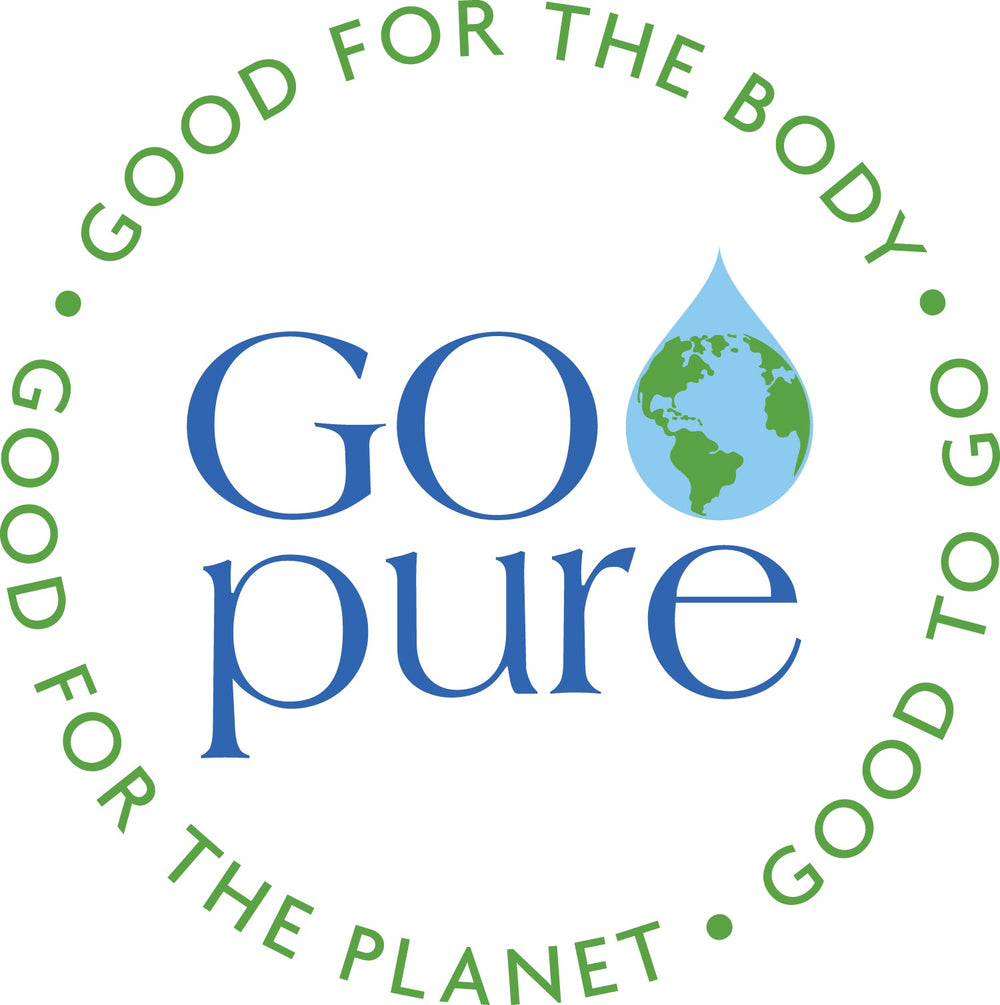Recent posts
-

-

-
 The Essential Role of Hydration in Mental ClarityApril 23, 2025
The Essential Role of Hydration in Mental ClarityApril 23, 2025

What Is the Difference Between Filtered Water and Purified Water?
By: GOPure
What Is the Difference Between Filtered Water and Purified Water?
Water is an indispensable part of our daily lives, fundamental not just for hydration but for a myriad of bodily functions. However, if you’ve ever stopped to consider the quality of the water you’re consuming, you’ve probably encountered terms like “filtered water” and “purified water.”
While they may seem similar, they are distinct in their treatment processes and what they offer in terms of quality and safety.
The Landscape of American Tap Water
Tap water in the United States is sourced from a variety of locations, including groundwater, lakes, and rivers. Although municipalities treat this water to make it safe for consumption, the treatment isn’t foolproof. That’s where additional at-home water treatment options, like filters and purifiers, come into play to offer an extra layer of safety.
The Intricacies of Purified Water
When we talk about purified water, we refer to water that has undergone specialized treatments to remove various impurities, such as:
- Metals like copper and lead
- Chemicals and pollutants
- Different types of fungi
- Parasites
- Algae
To qualify as purified, the water must meet stringent criteria. The methods commonly used to achieve this high standard are reverse osmosis, distillation, and deionization. Let’s explore these methods in greater detail:
- Reverse Osmosis: In this method, a semi-permeable membrane is employed to filter out unwanted elements.
- Distillation: Distillation involves boiling water to create vapor. The vapor rises, leaving contaminants behind, and is then condensed back into liquid form in a different chamber.
- Deionization: Here, ion-exchange resins are used to remove mineral salts from water.
Filtered Water
On the other side of the spectrum, we have filtered water. This water is processed through various types of filters, usually carbon-based, to remove chlorine and improve the overall taste and odor. But it doesn’t end there:
- Sediment Filters: These remove larger particles like sand and sediment.
- Activated Carbon Filters: These are effective in removing organic compounds, improving taste and odor.
- Micron Filters: Employed by some brands, these filters add an extra layer of safety by trapping even smaller particles.
Reading the label on bottled water can provide insights into what type of filtration process has been applied.
Purified vs. Filtered: The Verdict
The main difference between filtered and purified water lies in the level of treatment and the removal of impurities. Purified water goes through a more rigorous process, meeting higher standards for purity. If safety and purity are your highest priorities, purified water is your go-to option.
Final Thoughts
Understanding the difference between filtered and purified water allows you to make informed choices for your daily hydration needs. It also helps you to decide what type of at-home water treatment might be the most beneficial for your household.
When it comes to something as essential as water, being informed is the first step to making choices that align with your health goals.
By opting for either filtered or purified water, you’re taking an extra step toward ensuring the water you consume is of high quality, which is something we at GOpure Pod feel should never be compromised. Here’s to making enlightened choices for a healthier life!
Quick Links
Our Story
Terms of Service
Privacy Policy
Shipping & Returns
Wholesale
Join the Movement
Cancellation Policy
Contact Us
Sitemap
Portable Water Purifier
Water Purifier for Pets
Contact Us
GOpure Pod
Good for the Body. Good for the Planet. Good to GO!




